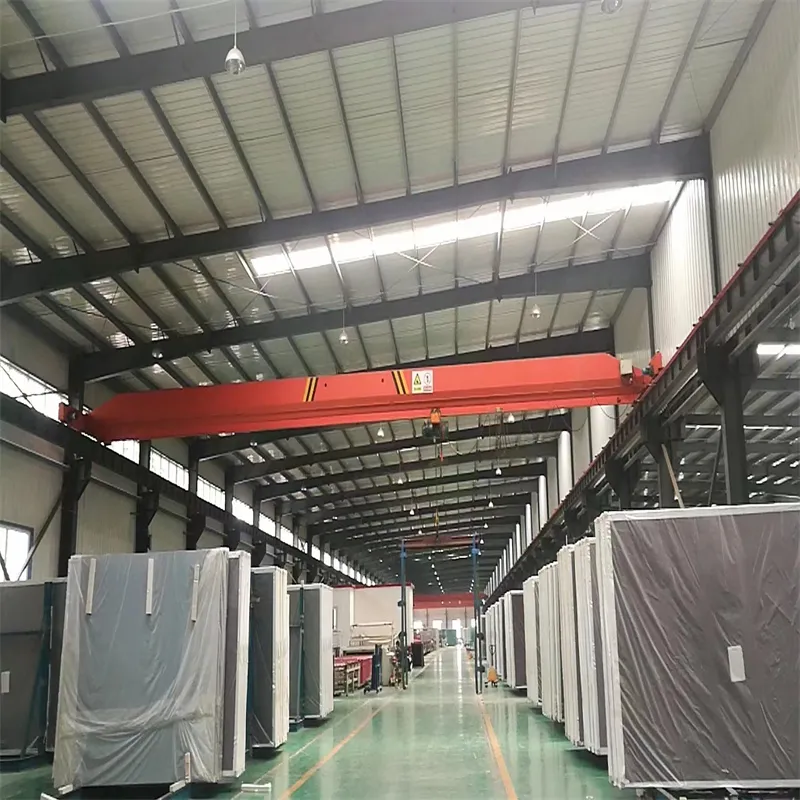Dec . 05, 2024 11:35 Back to list
Creating Elegance with Translucent Glass Wall Designs for Modern Spaces
The Allure and Practicality of Tinted Glass Walls
In the realm of modern architecture and design, tinted glass walls have emerged as a prominent feature that marries aesthetic appeal with functional benefits. As urban spaces continue to evolve, the integration of tinted glass not only elevates the visual dynamics of buildings but also enhances the overall living and working experience. This article delves into the myriad benefits, applications, and considerations of tinted glass walls.
Aesthetic Appeal
One of the most striking qualities of tinted glass walls is their ability to enhance the aesthetic quality of both residential and commercial structures. The array of colors and shades available allows architects and designers to create unique facades that stand out in an urban landscape. Tinted glass can complement the surrounding environment, providing a seamless integration between the indoors and outdoors. The translucence of the material permits natural light to filter through while maintaining privacy and reducing glare, creating an inviting atmosphere that is conducive to both relaxation and productivity.
These glass walls can be used to create stunning visual effects, particularly during different times of the day as the sunlight interacts with the glass. Early morning light may cast a soft glow, while the warm hues of sunset can transform a space into a canvas of color. This dynamic quality not only enhances the beauty of a building but also allows it to adapt to the changing natural light, providing a living experience that is ever-evolving.
Energy Efficiency
Beyond their aesthetic appeal, tinted glass walls play a significant role in energy efficiency. As concerns about climate change and energy consumption rise, architects are increasingly seeking materials that minimize energy use. Tinted glass offers an effective solution by regulating the amount of solar heat that enters a building. This thermal control reduces the reliance on air conditioning systems during warmer months, leading to lower energy bills and a reduced carbon footprint.
Furthermore, tinted glass walls can help maintain consistent indoor temperatures
. By mitigating heat gain in the summer and retaining warmth during the winter months, these walls contribute to a more comfortable living and working environment year-round. As a result, buildings fitted with tinted glass often qualify for green building certifications, further underscoring their role in sustainable architecture.Privacy and Security
tinted glass wall

Another critical advantage of tinted glass walls is the enhanced privacy and security they offer. In densely populated urban areas, maintaining privacy within a living or working space is paramount. Tinted glass effectively obscures the view from the outside while still allowing natural light to permeate the interiors. This feature is particularly beneficial for offices, healthcare facilities, and residential complexes, where occupants desire a sense of seclusion without sacrificing openness.
Additionally, tinted glass can enhance security. The added layer of tinting provides an extra barrier against potential break-ins. Thicker, laminated tinted glass can serve as a deterrent, offering an added level of protection for both commercial and residential properties.
Considerations and Limitations
While tinted glass walls present numerous benefits, it is essential to consider potential limitations. One significant factor is the cost; tinted glass can be more expensive than traditional glass options. However, many property owners view this investment as worthwhile due to the long-term energy savings and aesthetic enhancements.
Moreover, the effectiveness of tinted glass can vary based on the specific tint used. Not all tints provide the same level of heat reduction or UV protection. It’s crucial for architects and builders to select appropriate options that suit the specific needs of the building’s environment and intended use.
Lastly, local regulations and building codes may impose restrictions on the type of materials used in construction projects, including glazing options. Consulting with professionals can help ensure compliance while achieving the desired design goals.
Conclusion
Tinted glass walls represent a harmonious blend of style, efficiency, and practicality in modern architecture. As cities evolve, the demand for materials that offer both visual appeal and functional benefits is likely to grow. With their ability to transform spaces, enhance energy efficiency, and provide privacy and security, tinted glass walls have rightfully claimed their place as a staple in contemporary design. Whether enhancing a corporate office, elevating a residential space, or contributing to public architecture, tinted glass continues to shape the landscapes of our urban environments, offering an inviting glimpse into the future of architectural innovation.
-
Safety and Style with Premium Laminated Glass Solutions
NewsJun.24,2025
-
Reinvents Security with Premium Wired Glass
NewsJun.24,2025
-
Premium Float Glass Line for Modern Architecture
NewsJun.24,2025
-
Low Emissivity Glass for Energy-Efficient Architecture
NewsJun.24,2025
-
High-Performance Insulated Glass Solutions for Modern Architecture
NewsJun.24,2025
-
Elevates Interior Style with Premium Silver Mirror
NewsJun.24,2025
Related PRODUCTS














